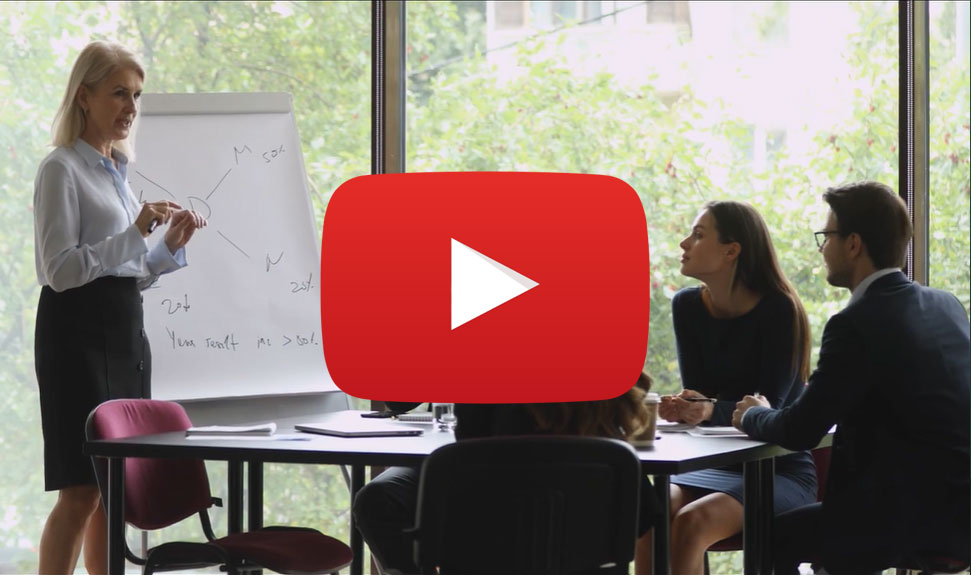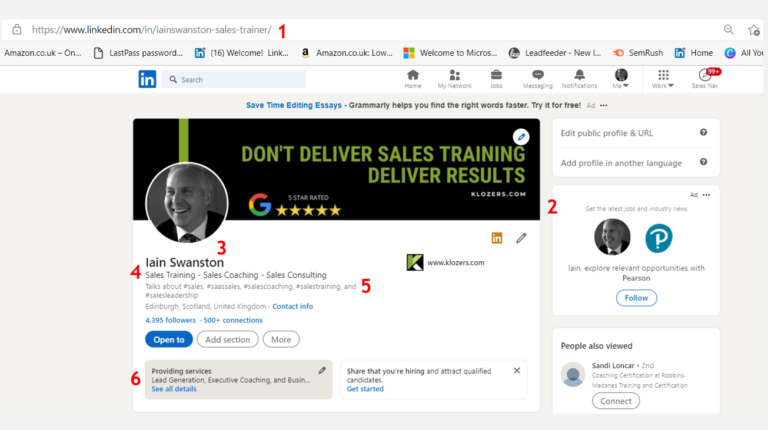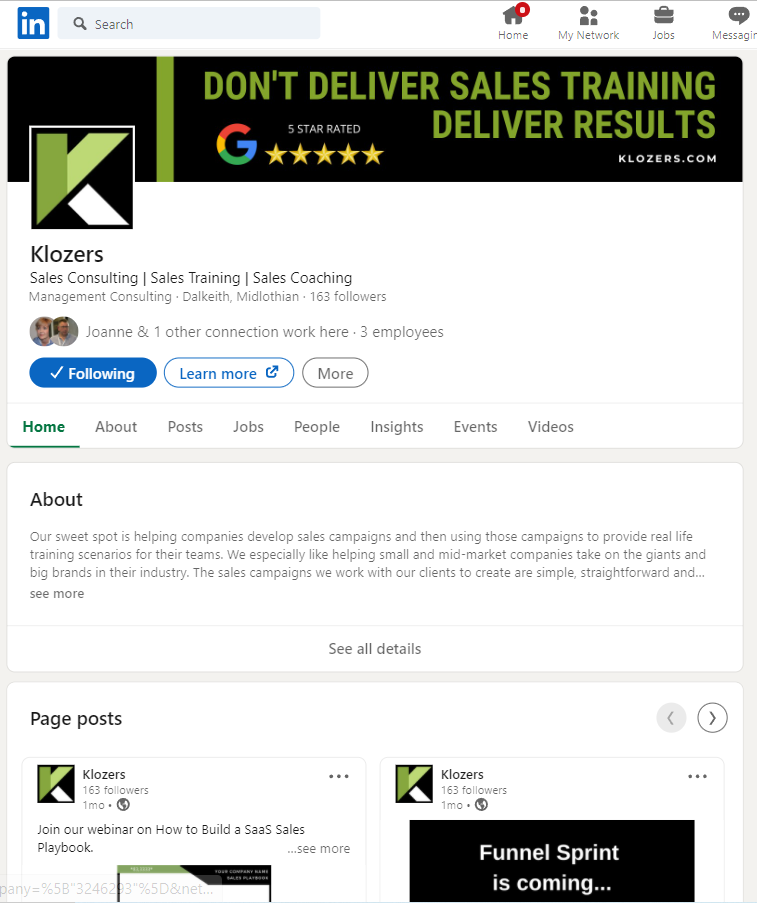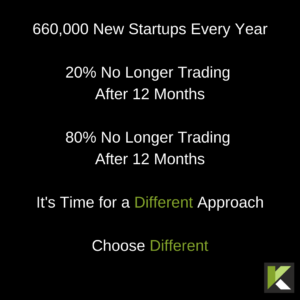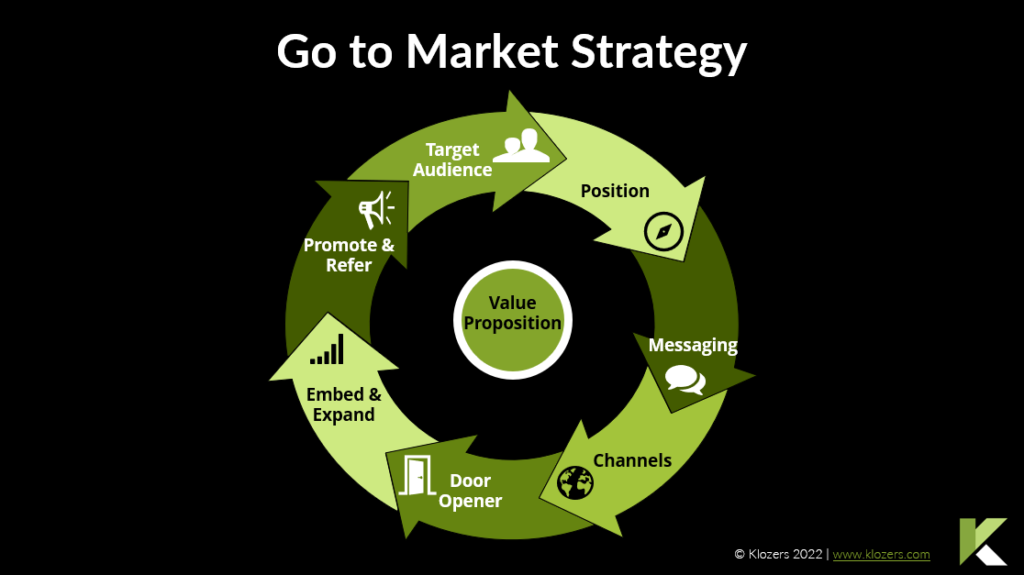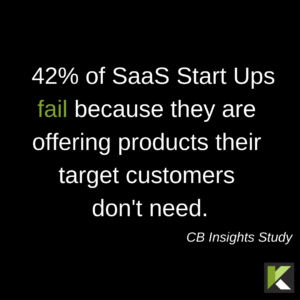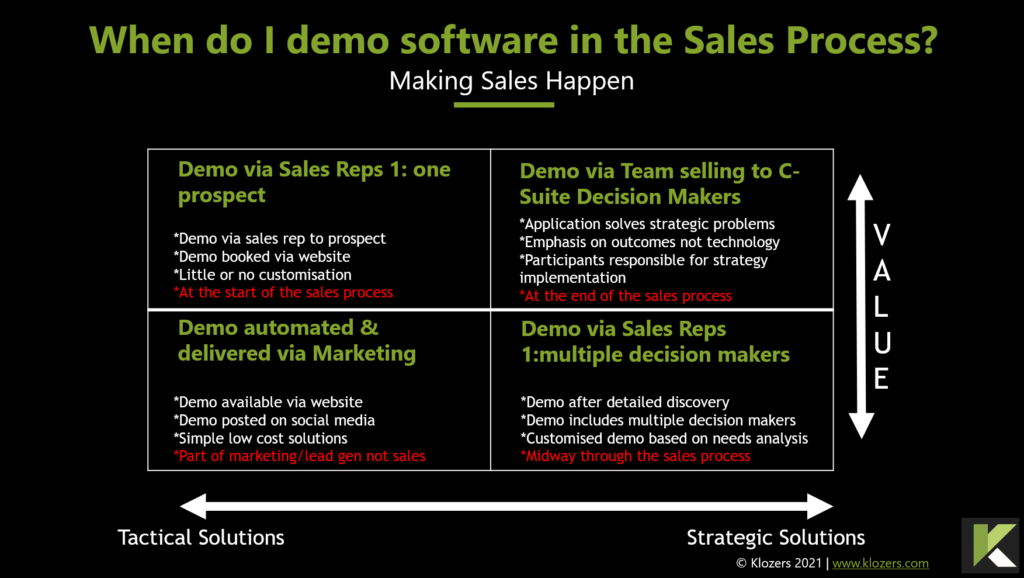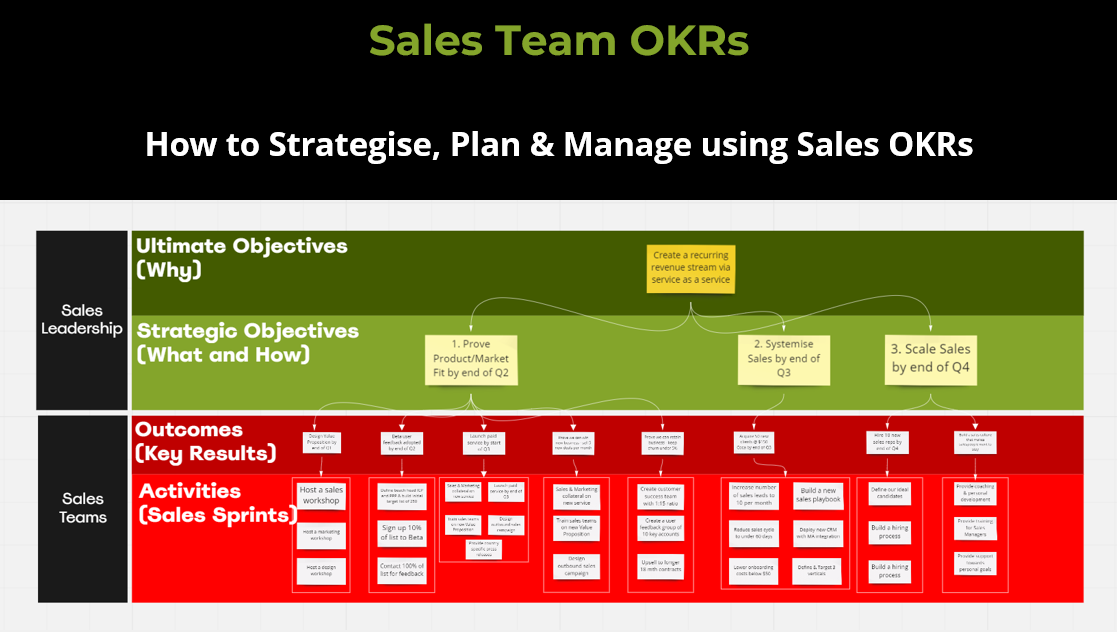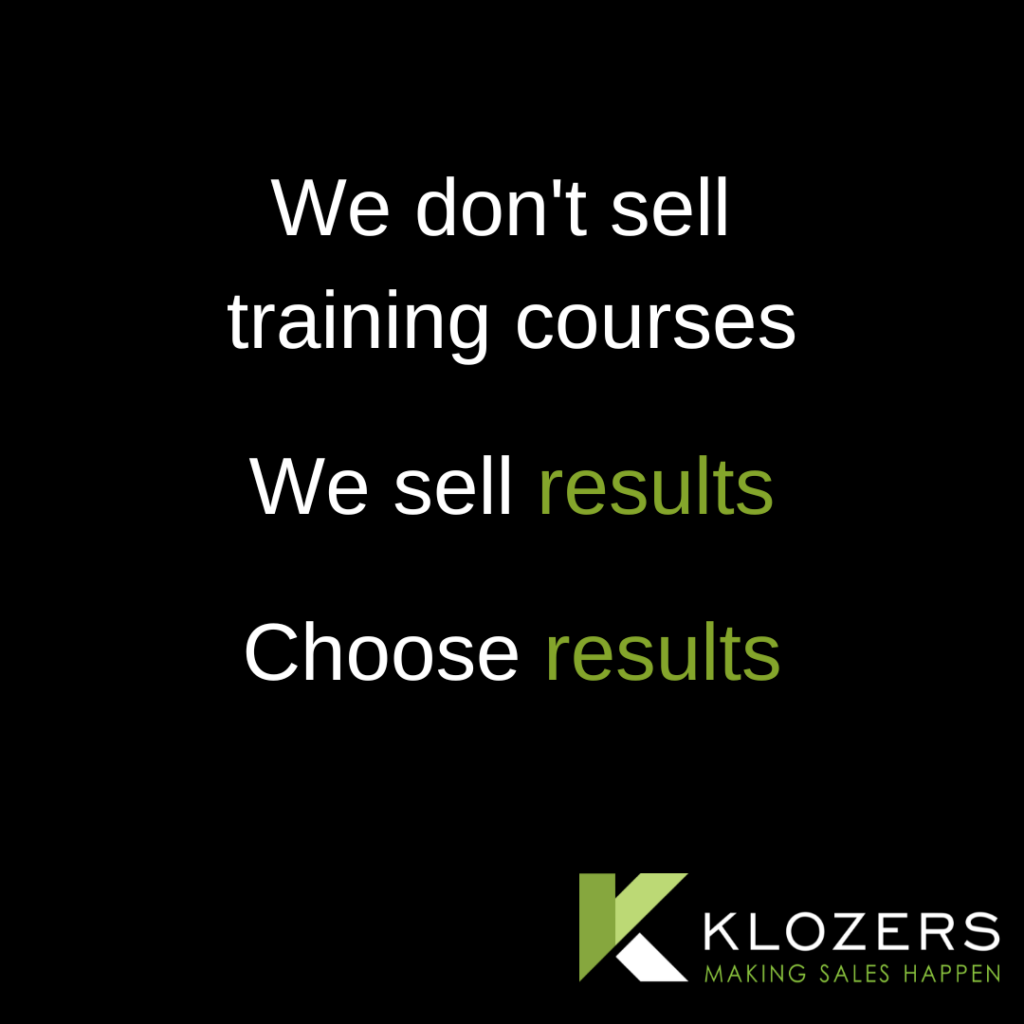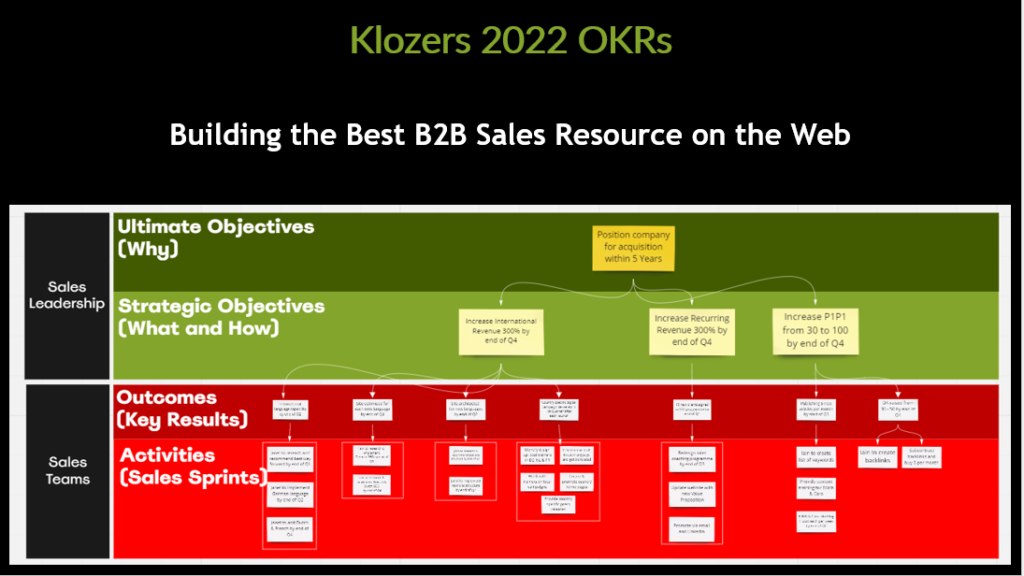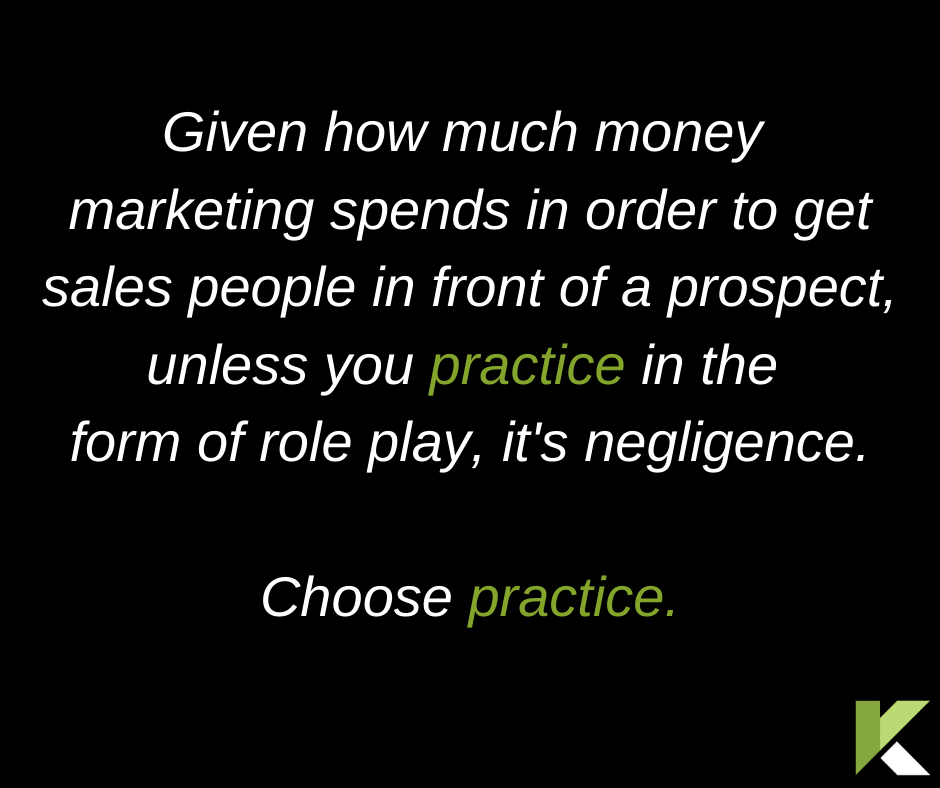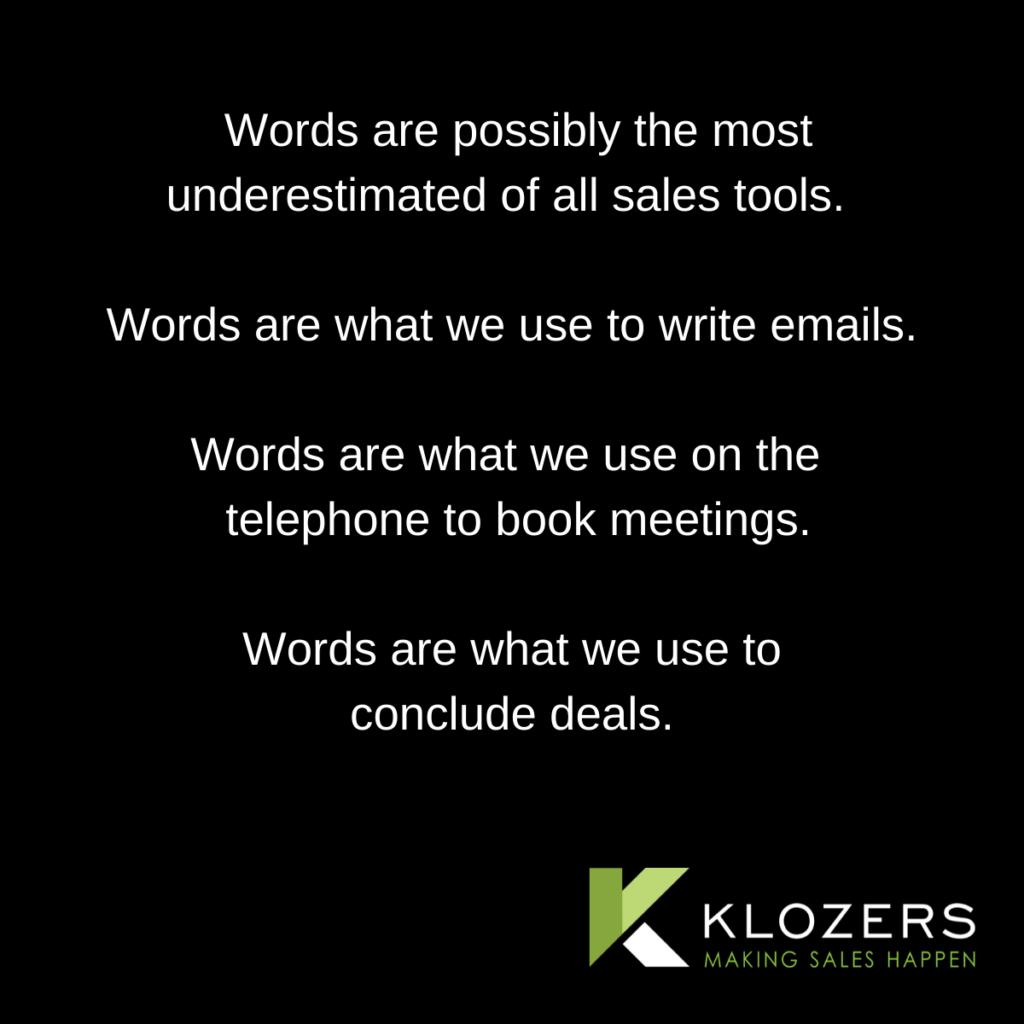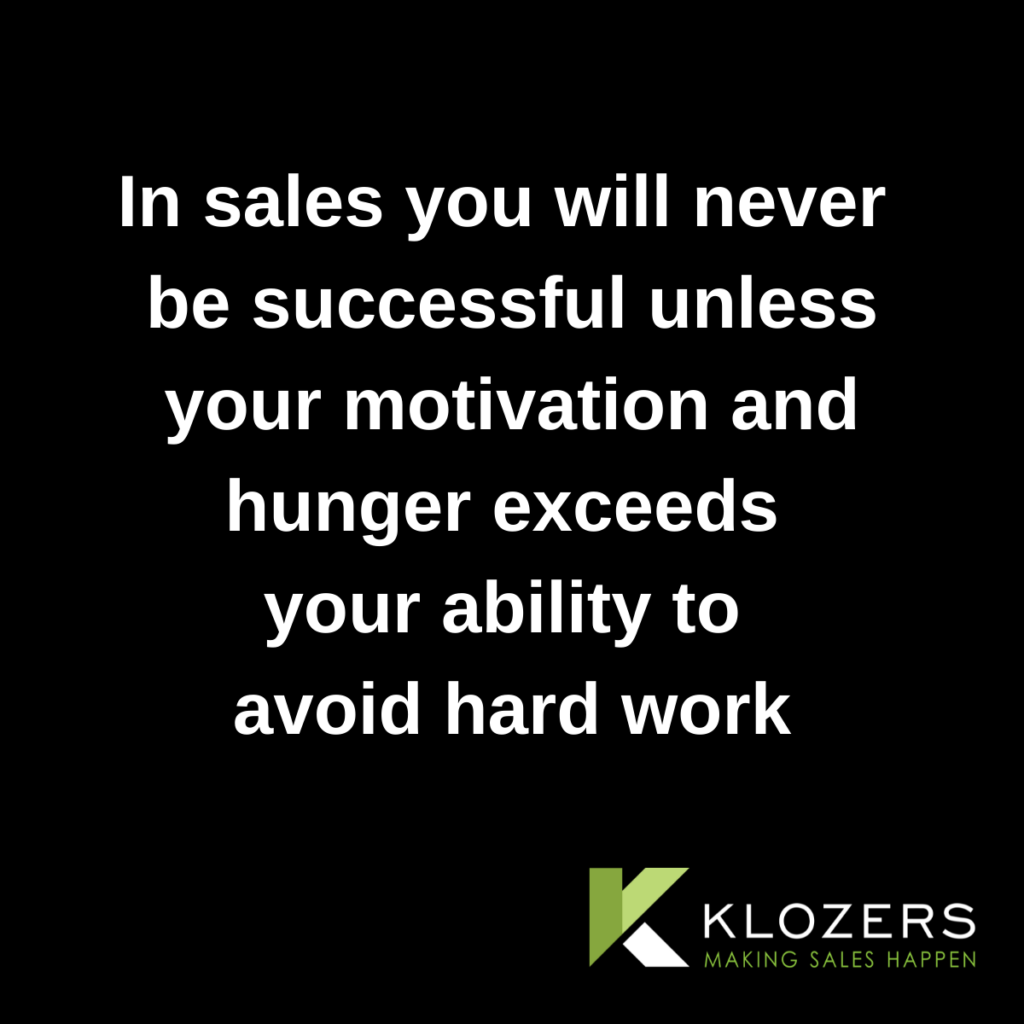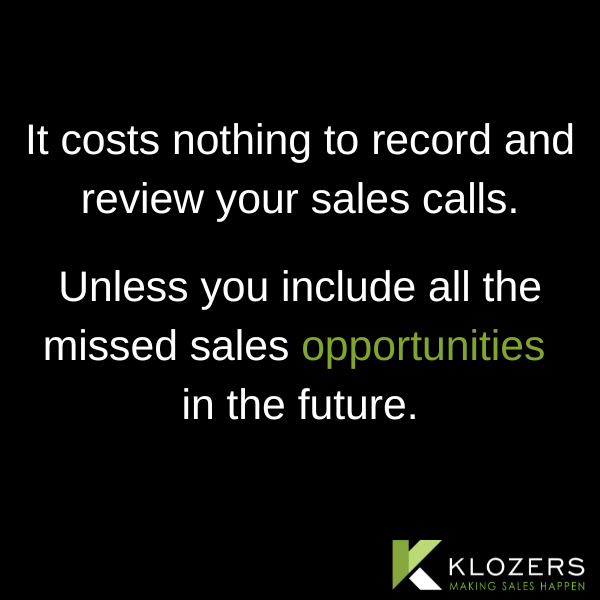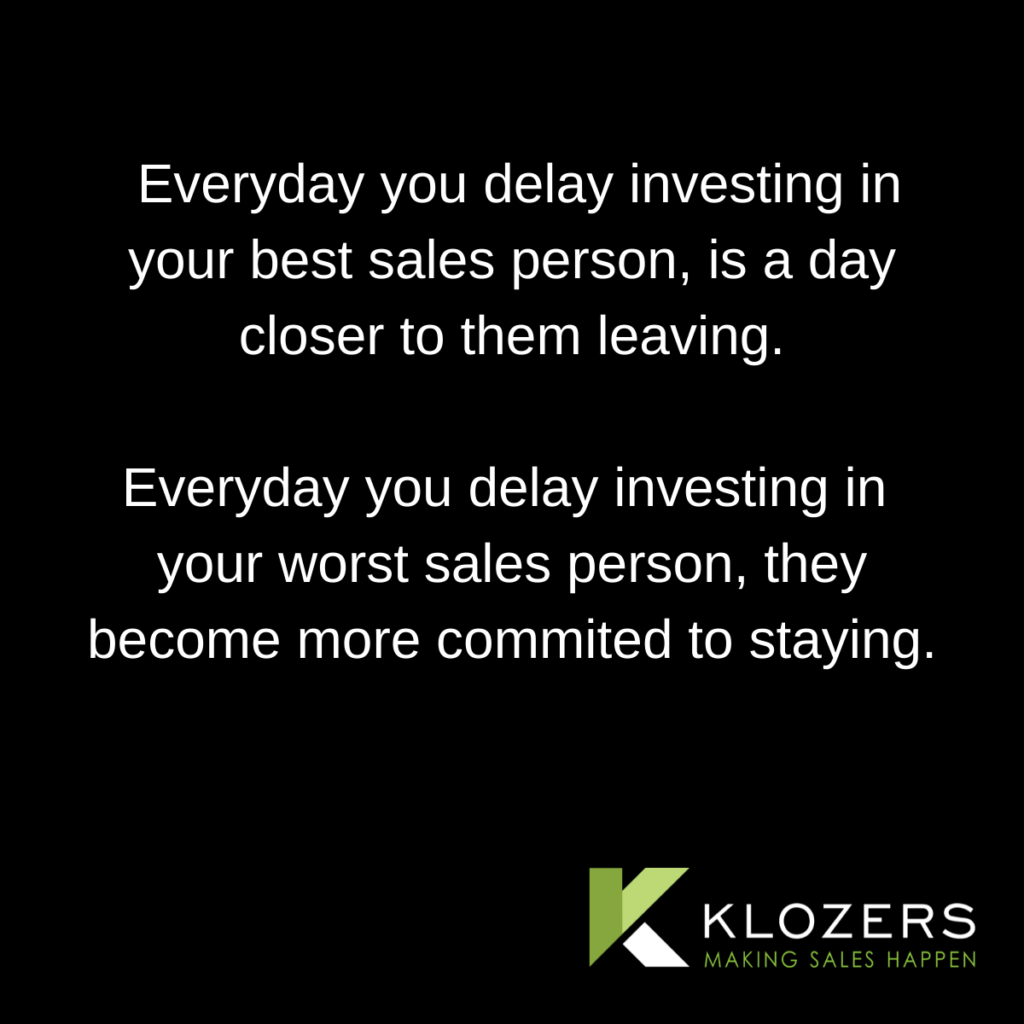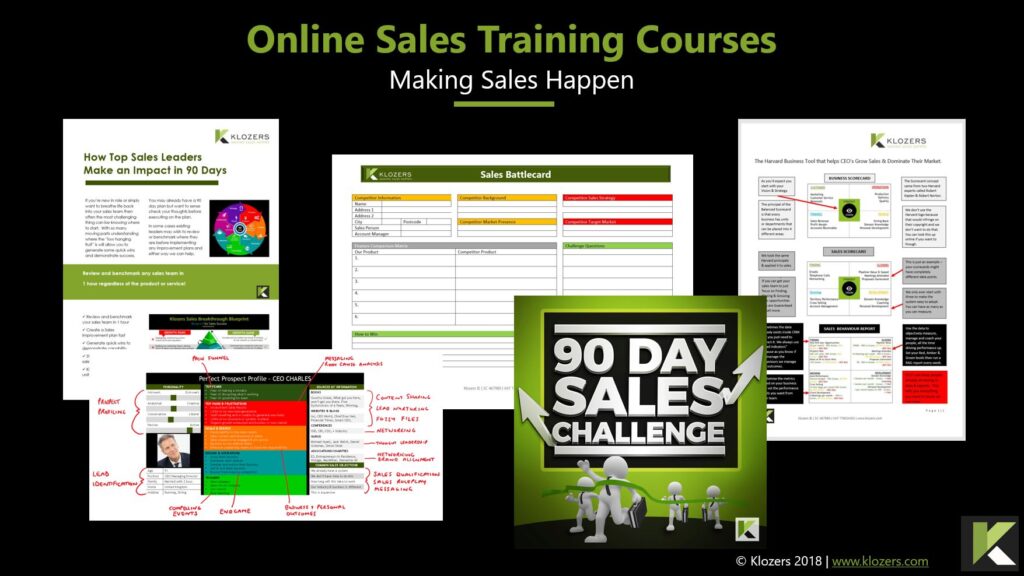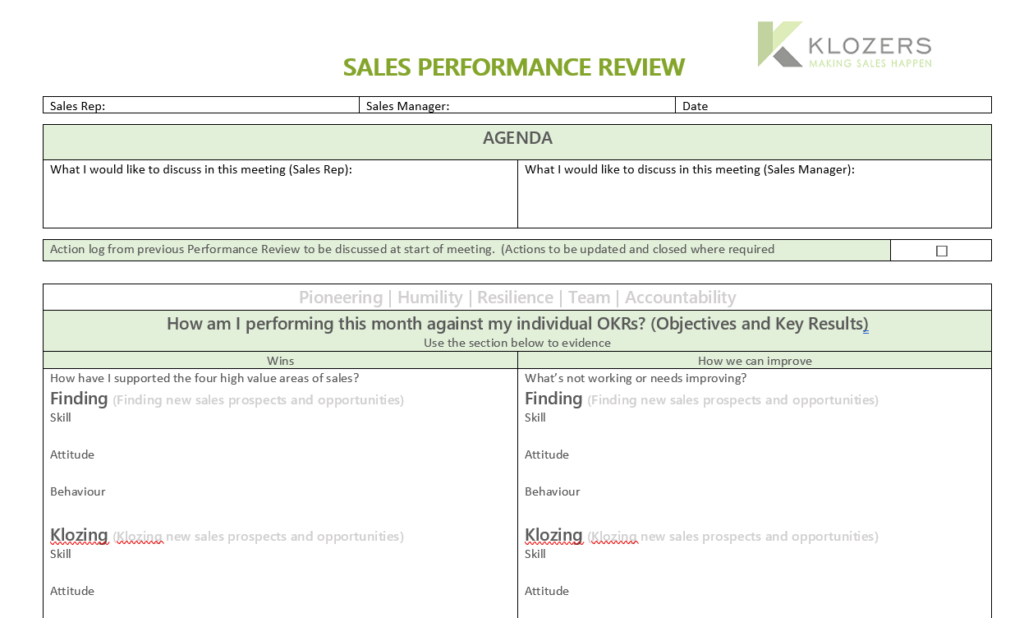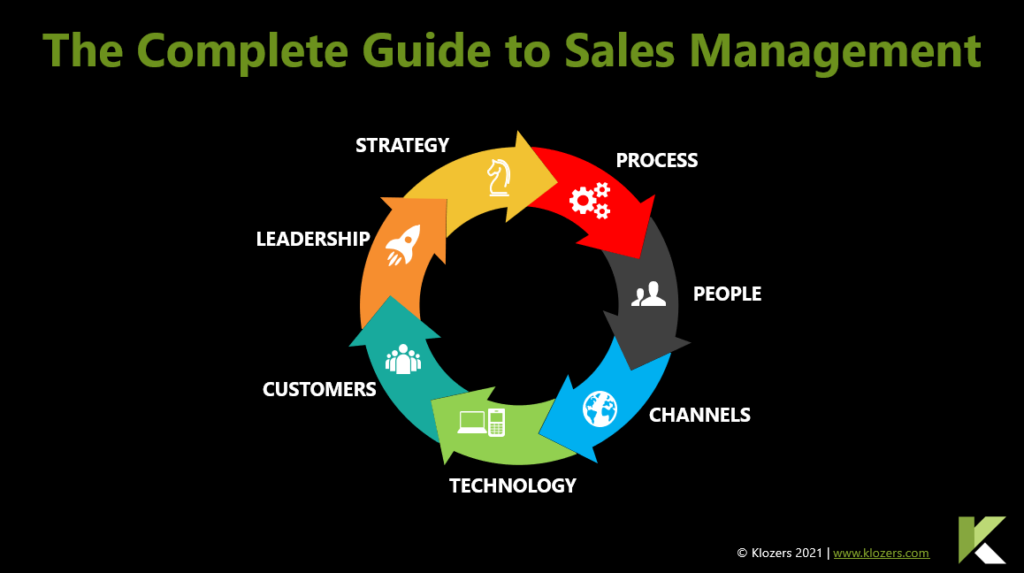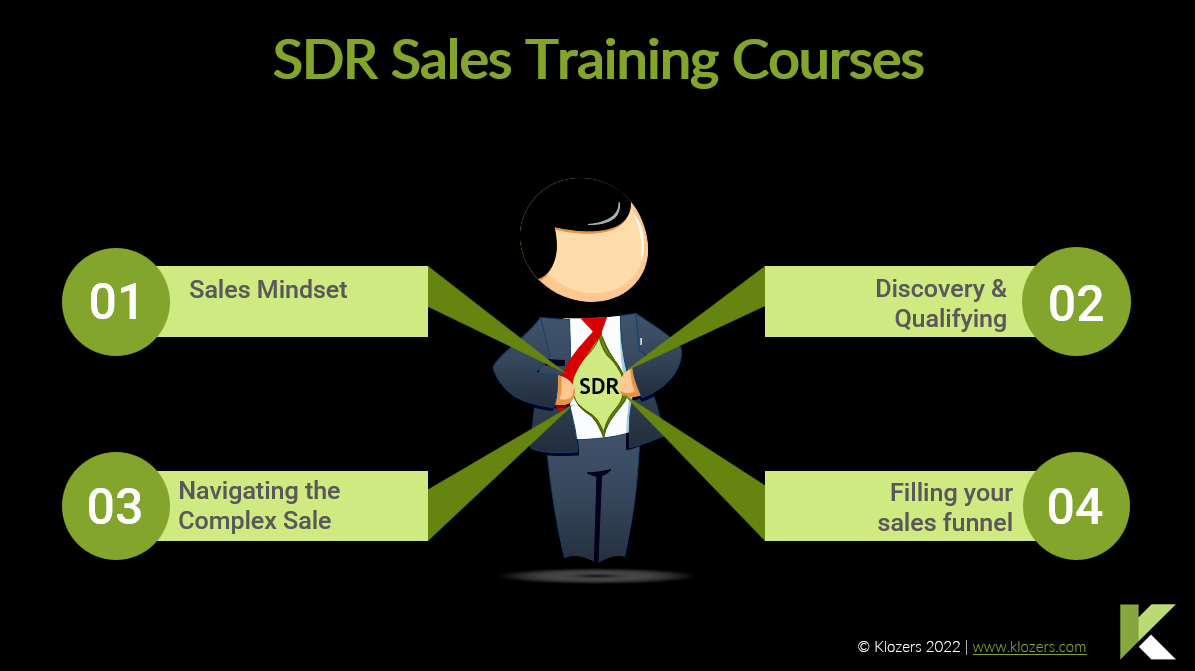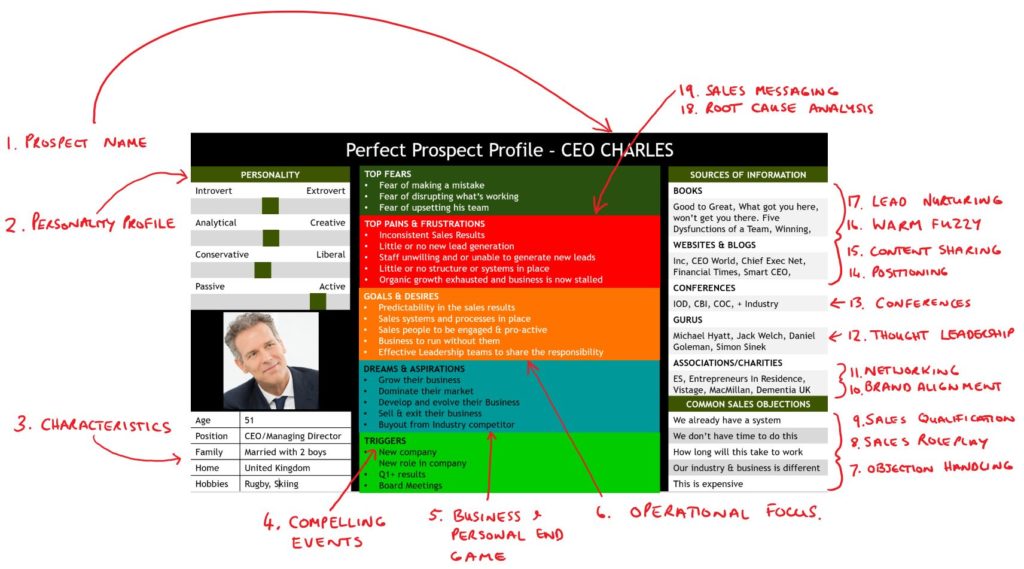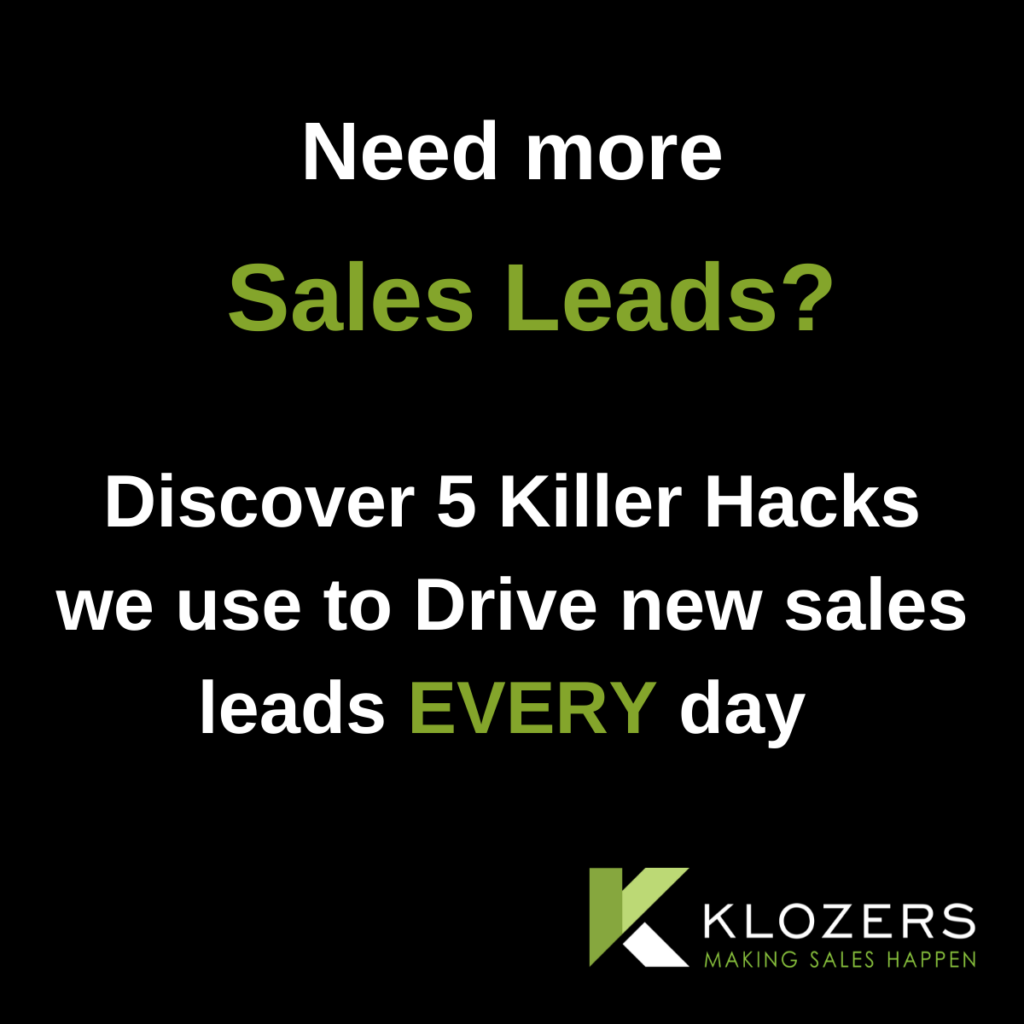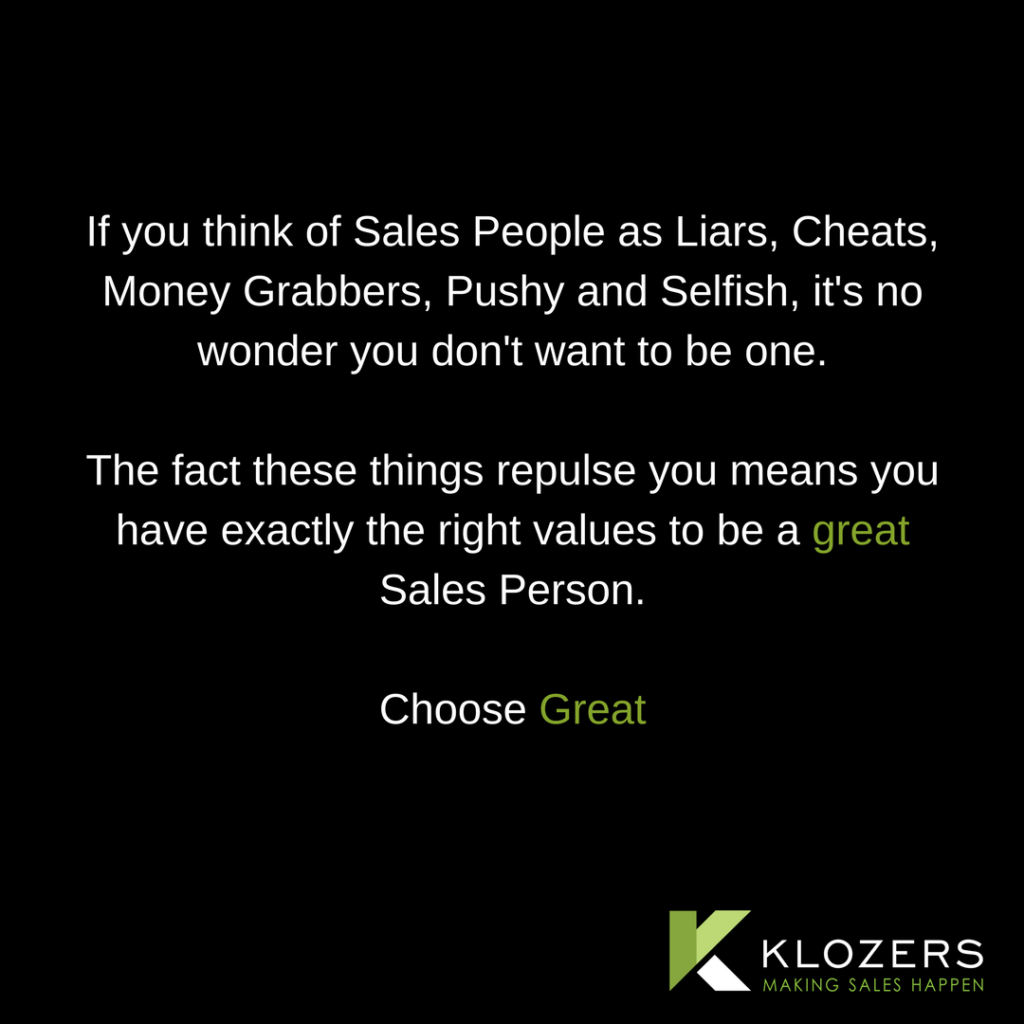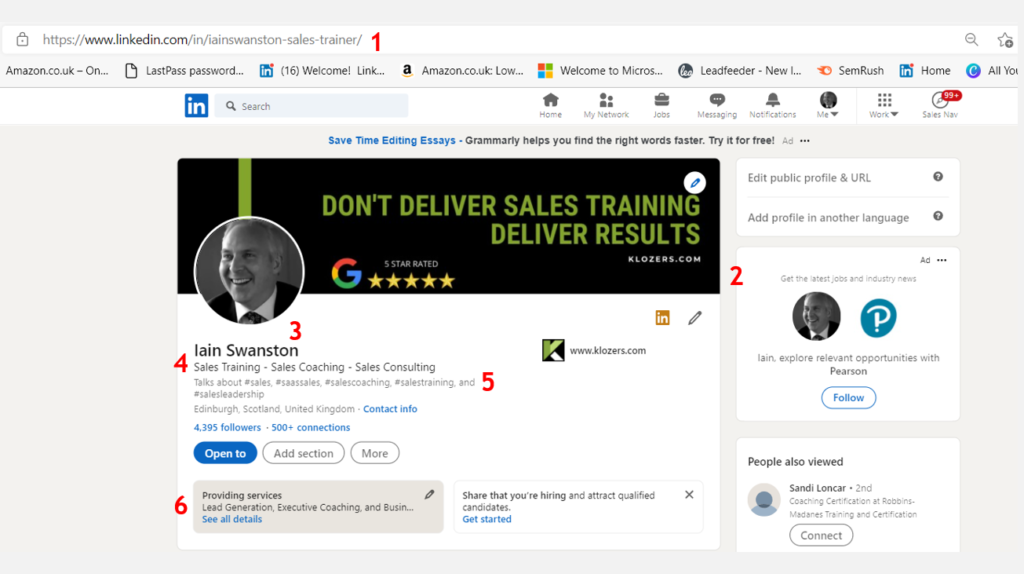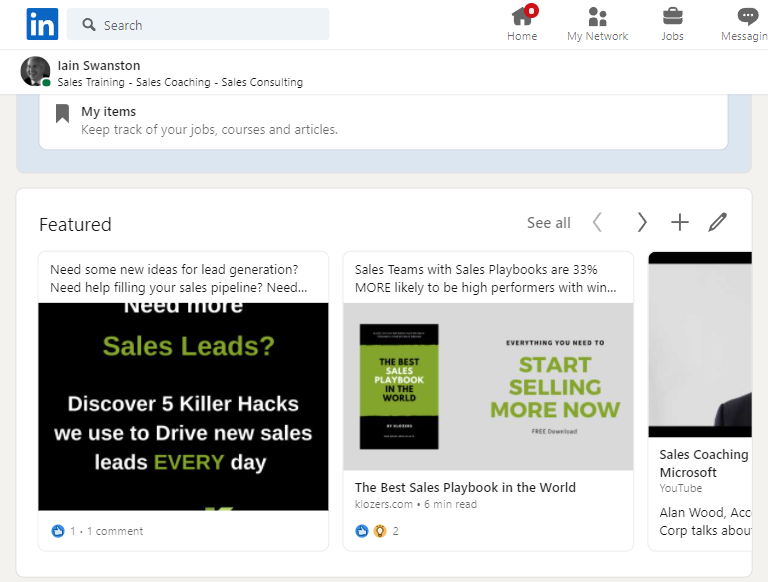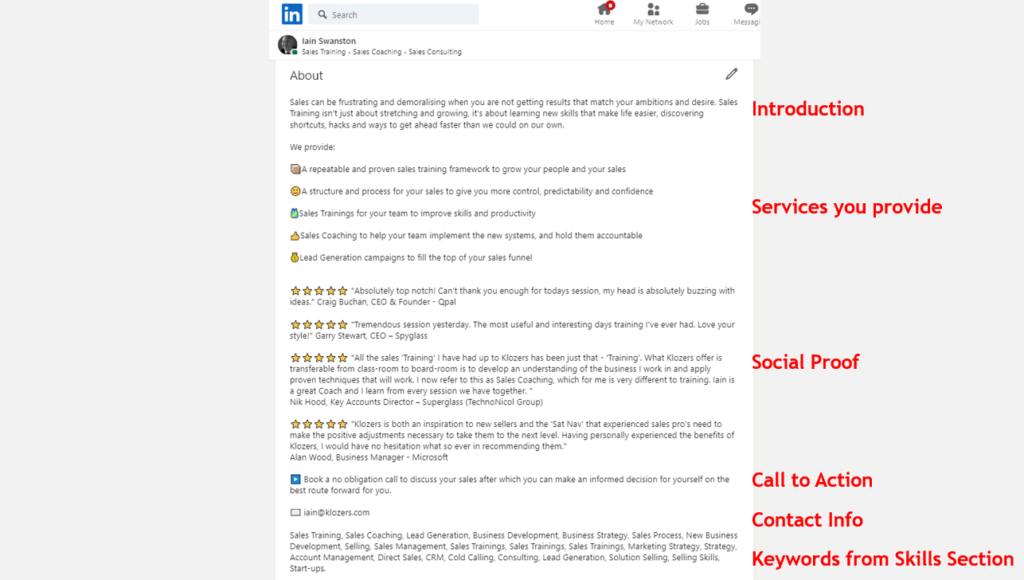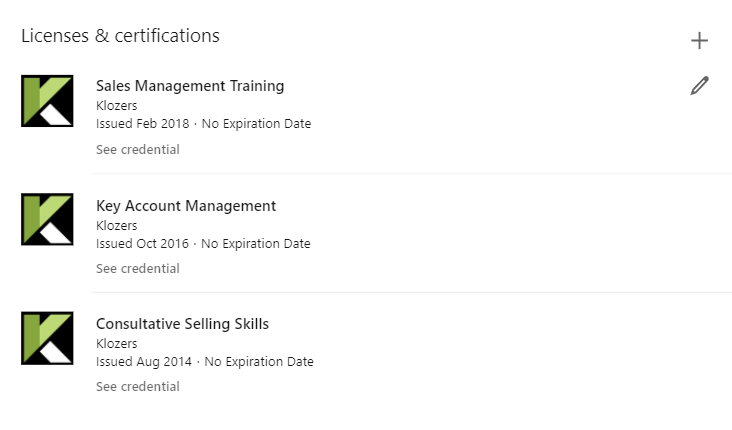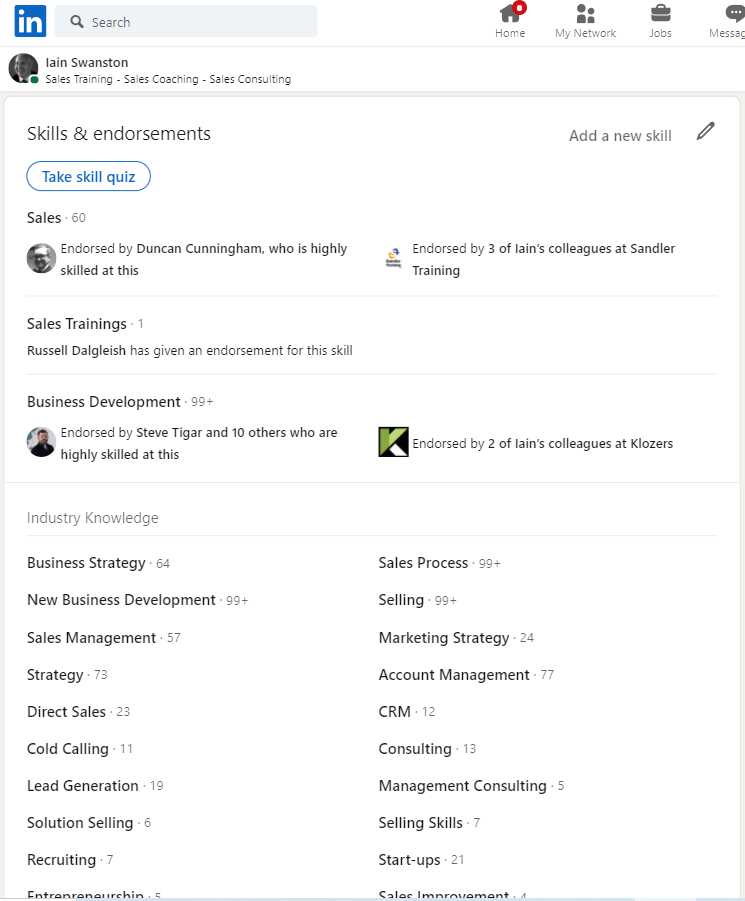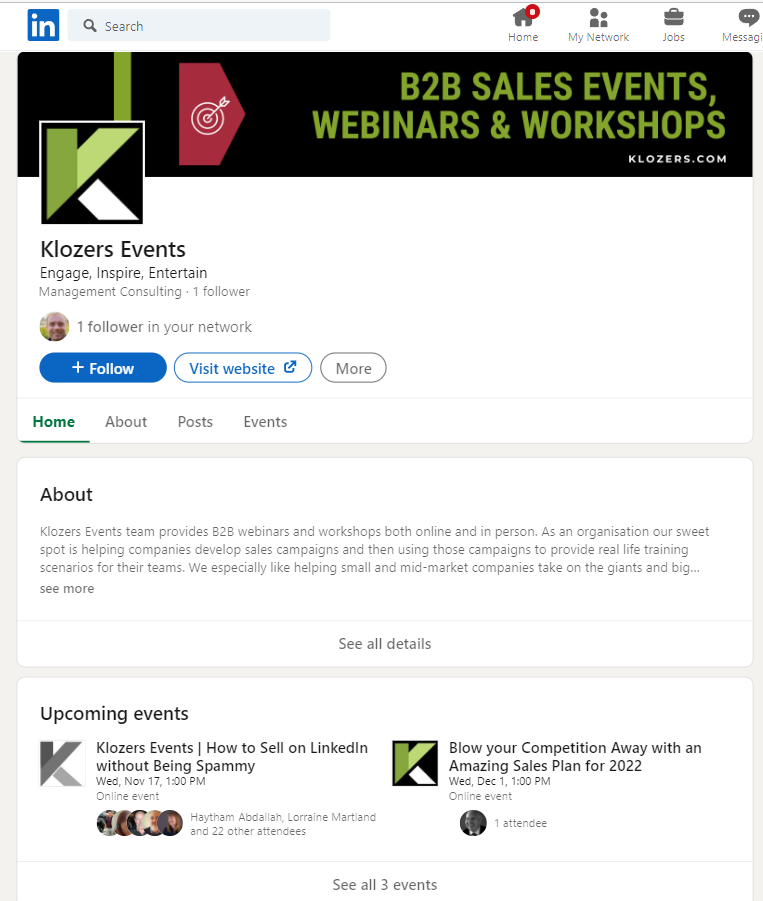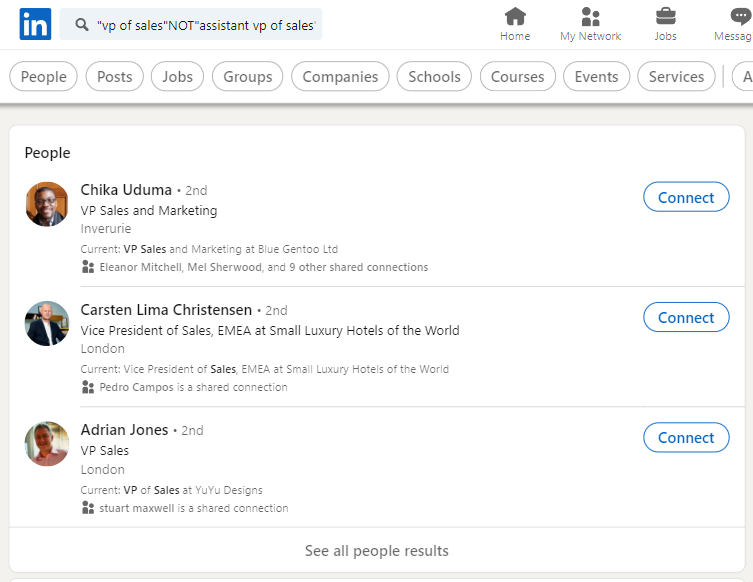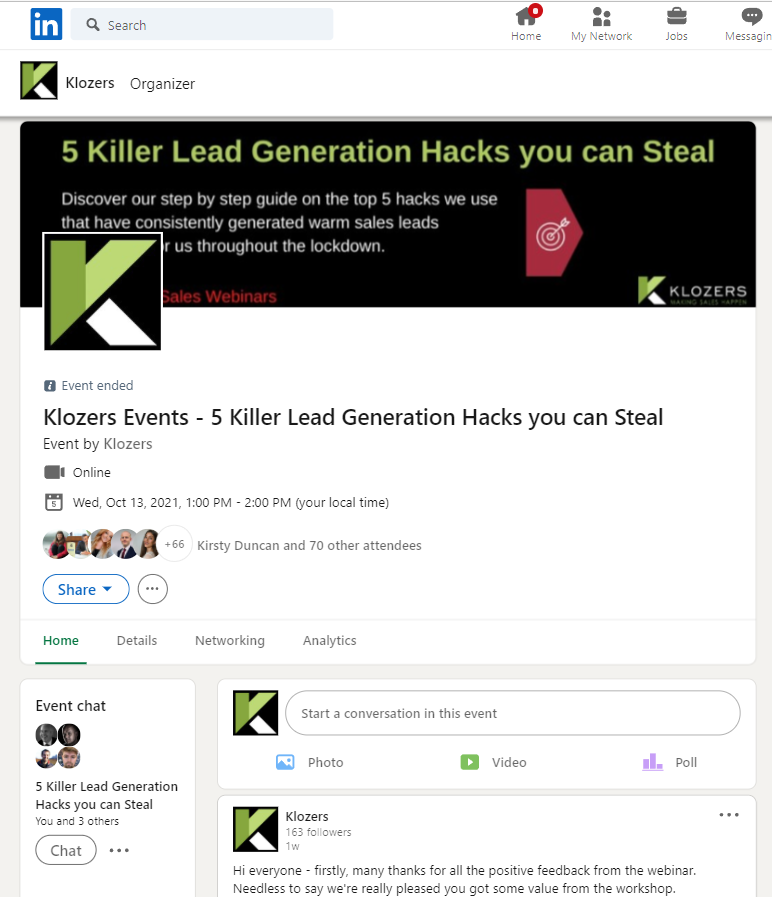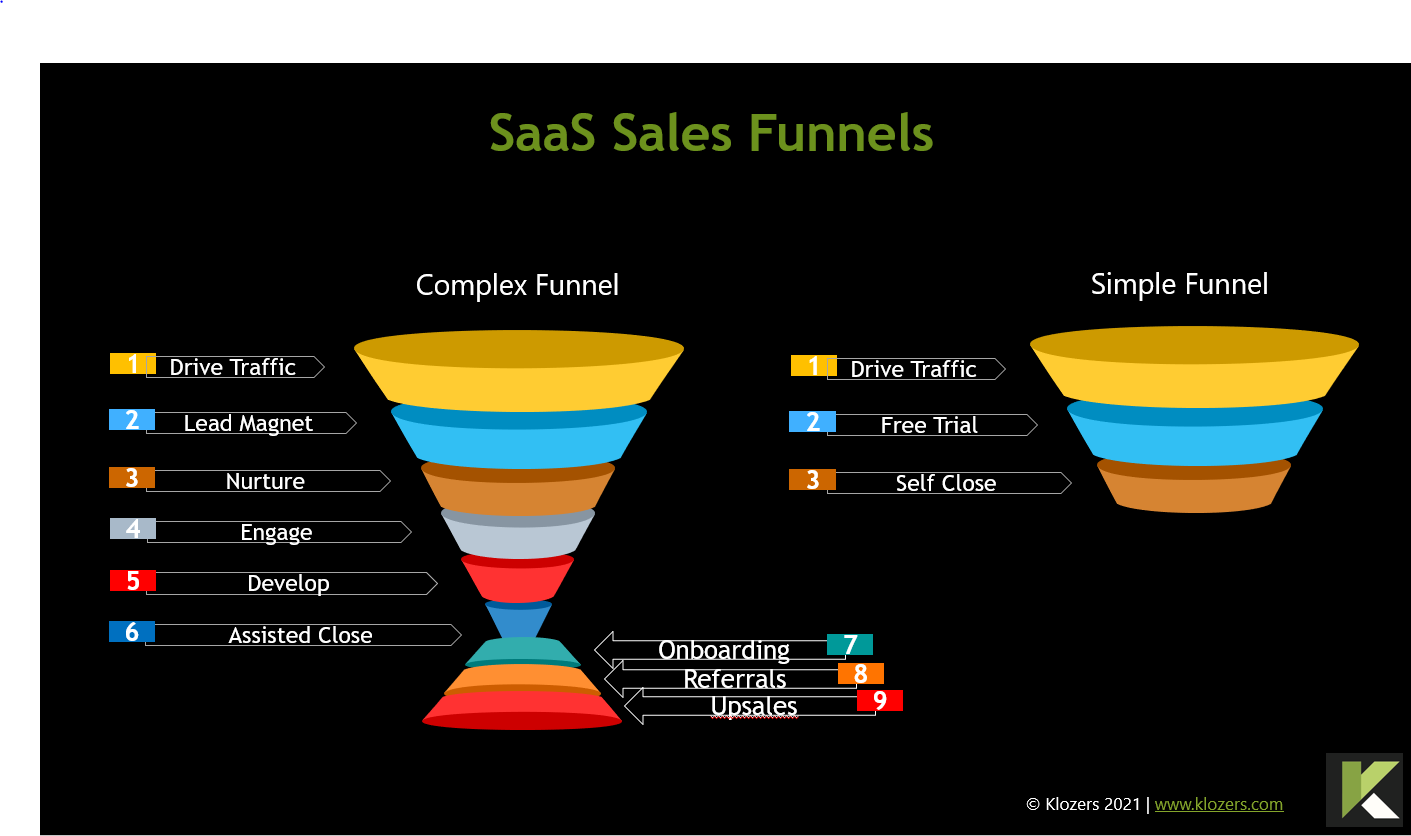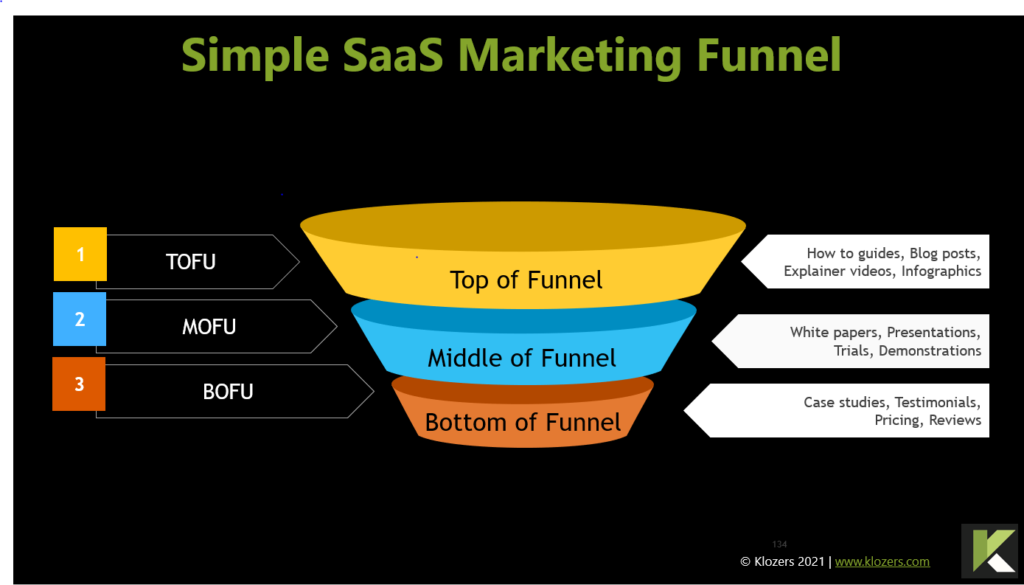Provedores de treinamento em vendas - Principais perguntas do Google
Qual é a melhor maneira de treinar uma equipe de vendas?
A melhor maneira de treinar uma equipe de vendas dependerá das necessidades e metas específicas da sua organização. No entanto, existem algumas estratégias importantes que podem ajudar a garantir o sucesso do seu programa de treinamento de vendas.
Primeiro, é importante identificar as habilidades e os conhecimentos específicos de que sua equipe de vendas precisa para ser bem-sucedida. Isso ajudará você a criar um programa de treinamento adaptado às necessidades da sua equipe e que se concentrará nas áreas mais importantes para aprimoramento.
Depois de identificar as habilidades e o conhecimento de que sua equipe precisa, você pode começar a desenvolver um programa de treinamento. Isso pode incluir uma combinação de workshops presenciais, cursos on-line e treinamento individual. É importante criar um programa de treinamento diversificado que inclua uma variedade de métodos de aprendizagem, pois isso ajudará a envolver e motivar sua equipe.
Outra estratégia importante para treinar uma equipe de vendas é oferecer suporte e reforço contínuos. O treinamento não deve ser um evento único, mas sim um processo contínuo. Isso deve incluir verificações regulares com os membros da equipe, sessões de treinamento de acompanhamento e orientação e suporte contínuos.
De modo geral, a chave para um treinamento de vendas bem-sucedido é criar um programa personalizado, adaptado às necessidades da sua equipe e que ofereça suporte e reforço contínuos. Com o programa de treinamento correto, você pode ajudar sua equipe de vendas a desenvolver as habilidades e os conhecimentos necessários para ter sucesso.
In this article we will cover...
Há uma nova maneira de aumentar as vendas...
Não compre o treinamento de vendas até que você tenha assistido a este vídeo…
1. Como o treinamento de vendas pode melhorar o desempenho de vendas?
O treinamento de vendas pode melhorar o desempenho de vendas de várias maneiras. Primeiro, ele pode ajudar os vendedores a desenvolver as habilidades e o conhecimento necessários para serem eficazes em seus trabalhos. Isso pode incluir tópicos de treinamento de vendas, como comunicação, construção de relacionamentos, negociação, processo de vendas, habilidades de venda e conhecimento do produto. Ao desenvolver essas habilidades, os vendedores podem se tornar mais confiantes e eficazes nas vendas, o que pode melhorar seu desempenho.
O treinamento em vendas também pode ajudar os vendedores a se manterem atualizados sobre as últimas tendências e práticas recomendadas no setor de vendas. Isso pode ajudá-los a usar as técnicas e abordagens de vendas mais eficazes, o que pode melhorar seu desempenho e ajudá-los a fechar mais negócios.
Além disso, o treinamento de vendas pode ajudar os vendedores a aprimorar suas habilidades de gerenciamento de tempo e organização. Isso pode ajudá-los a manter o foco e a produtividade, o que pode levar a um melhor desempenho e a um aumento nas vendas.
De modo geral, o treinamento de vendas pode melhorar o desempenho das vendas, ajudando os vendedores a desenvolver as habilidades e os conhecimentos necessários para serem eficazes, a se manterem atualizados sobre as tendências do setor e a aprimorarem suas habilidades de gerenciamento e organização do tempo. Ao oferecer treinamento de vendas, você pode ajudar sua equipe a se tornar mais confiante e eficaz nas vendas, o que pode melhorar o desempenho dela e contribuir para o sucesso geral da sua organização.
2. Os cursos de treinamento de vendas são a melhor maneira de treinar profissionais de vendas?
Os cursos de treinamento de vendas são uma forma de treinar os vendedores, mas talvez não sejam a melhor opção para todas as organizações. A melhor maneira de treinar vendedores dependerá das necessidades e metas específicas de sua organização, bem como das preferências e estilos de aprendizagem dos membros de sua equipe.
Os cursos de treinamento em vendas podem ser uma boa opção para organizações que desejam oferecer treinamento abrangente em uma ampla gama de tópicos. Eles podem ser uma maneira particularmente eficaz de treinar novos vendedores ou vendedores que são novos na organização.
No entanto, os cursos de treinamento de vendas podem ser demorados e caros, e talvez não sejam a melhor opção para organizações com tempo e recursos limitados. Além disso, alguns vendedores podem achar que os cursos são menos envolventes e interativos do que outros tipos de treinamento.
De modo geral, os cursos de treinamento de vendas podem ser uma forma útil e eficaz de treinar vendedores, mas talvez não sejam a melhor opção para todas as organizações. A melhor abordagem dependerá das suas necessidades e metas específicas, bem como das preferências e dos estilos de aprendizagem dos membros da sua equipe.
Formas alternativas de oferecer treinamento de vendas
a) A aprendizagem baseada no trabalho é um tipo de educação e treinamento que ocorre em um ambiente de trabalho real. Normalmente, envolve experiências de aprendizado prático diretamente relacionadas ao campo de estudo ou à ocupação do aluno.
O aprendizado baseado no trabalho pode assumir muitas formas diferentes, como reuniões de vendas, campanhas de vendas, processo de vendas e treinamento no trabalho. Geralmente, envolve uma combinação de instrução em sala de aula com experiência prática, com o objetivo de fornecer aos alunos as habilidades e os conhecimentos necessários para que tenham sucesso no campo escolhido.
A aprendizagem baseada no trabalho é frequentemente vista como um complemento valioso para a educação tradicional baseada em sala de aula, pois oferece aos alunos a oportunidade de aplicar o que aprenderam em um ambiente do mundo real e ganhar experiência prática. Isso pode ajudá-los a desenvolver as habilidades e os conhecimentos necessários para serem bem-sucedidos em suas carreiras.
De modo geral, a aprendizagem baseada no trabalho é altamente eficaz, pois 70% da aprendizagem é prática, e a aprendizagem baseada no trabalho minimiza o tempo em sala de aula e maximiza as tarefas práticas de vendas que sua equipe de vendas faria ou deveria fazer de qualquer maneira.
b) O Benchmarking de vendas é um tipo de treinamento baseado nas melhores práticas existentes em uma empresa. Muitos provedores de treinamento de vendas defendem uma metodologia de vendas específica, o que geralmente significa que os vendedores precisam reaprender toda a sua abordagem de vendas.
Isso pode ser relevante se o desempenho de vendas da empresa for muito ruim; no entanto, se a equipe de vendas for bem-sucedida, você perderá muito tempo e energia começando do zero novamente. Além disso, é improvável que os profissionais de vendas bem-sucedidos se sintam motivados a reaprender tudo quando já estão atingindo suas metas de vendas.
O benchmarking de vendas é um processo no qual uma empresa compara a eficácia das vendas de seus melhores funcionários para identificar as áreas em que o restante da equipe de vendas pode melhorar. Essa comparação geralmente é feita usando um conjunto de métricas específicas da empresa, como a média de vendas por cliente ou a taxa de conversão, e pode ajudar a empresa a identificar os pontos fortes e fracos de sua estratégia e tática de vendas.
Uma vez estabelecidas as melhores práticas dentro da empresa, ela pode introduzir programas de treinamento de vendas sob medida para o restante dos vendedores, a fim de elevá-los ao padrão dos vendedores com melhor desempenho. Ao avaliar regularmente seu desempenho de vendas, a empresa pode acompanhar seu progresso ao longo do tempo e fazer os ajustes necessários para melhorar seu desempenho geral de vendas.
3. As habilidades de vendas mais importantes para os vendedores.
As habilidades de vendas mais importantes para os representantes de vendas são aquelas necessárias para que eles sejam bem-sucedidos em seus trabalhos. Essas habilidades variam de acordo com as necessidades e as metas específicas de sua organização, mas aqui estão algumas habilidades que geralmente são consideradas essenciais para o pessoal de vendas:
-
Habilidades de comunicação: Os profissionais de vendas precisam ser capazes de se comunicar de forma eficaz com os clientes, tanto pessoalmente quanto por escrito. Isso inclui a capacidade de ouvir ativamente, fazer perguntas poderosas e fazer apresentações persuasivas.
-
Habilidades de construção de relacionamentos: O vendedor precisa ser capaz de construir relacionamentos sólidos com os clientes e estabelecer confiança e credibilidade. Isso inclui a capacidade de se conectar com os clientes em um nível pessoal e entender suas necessidades e preocupações.
-
Habilidades de negociação: O pessoal de vendas precisa ser capaz de negociar de forma eficaz com os clientes para fechar negócios. Isso inclui ser capaz de lidar com objeções e encontrar pontos em comum para chegar a acordos mutuamente benéficos.
-
Conhecimento do produto: Os profissionais de vendas precisam ter um profundo conhecimento dos produtos e serviços que estão vendendo para responder às perguntas dos clientes e abordar suas preocupações.
-
Gerenciamento e organização do tempo: Os representantes de vendas precisam ser capazes de gerenciar seu tempo de forma eficaz e manter-se organizados para permanecerem produtivos e atingirem suas metas.
Investir em treinamento e coaching de habilidades de vendas profissionais é uma parte essencial do desempenho e da retenção da equipe, além de melhorar seus resultados de vendas. As habilidades listadas acima são comumente consideradas essenciais para o sucesso em vendas.

4. Qual é a importância do treinamento em gerenciamento de vendas?
Sim, o treinamento em gerenciamento de vendas é importante por vários motivos. Primeiro, ele pode ajudar os gerentes de vendas a desenvolver as habilidades e o conhecimento necessários para liderar e gerenciar suas equipes com eficácia. Isso pode incluir tópicos de treinamento de vendas, como liderança, coaching, comunicação e gerenciamento do desempenho da equipe de vendas.
O treinamento em gestão de vendas também pode ajudar os gerentes de vendas a entender as últimas tendências e práticas recomendadas no setor de vendas. Isso pode ajudá-los a se manterem atualizados sobre as técnicas e tecnologias mais recentes e garantir que suas equipes estejam usando as abordagens mais eficazes de vendas.
Além disso, o treinamento em gestão de vendas pode ajudar os gerentes de vendas a aumentar sua confiança e melhorar sua capacidade de liderar e motivar suas equipes. Isso pode ajudá-los a criar um ambiente de trabalho positivo e solidário, o que pode melhorar o moral e o envolvimento dos membros da equipe.
De modo geral, o treinamento em gestão de vendas é importante porque pode ajudar os gerentes de vendas a desenvolver as habilidades e os conhecimentos necessários para serem líderes eficazes, manterem-se atualizados sobre as tendências e as práticas recomendadas do setor e criar confiança e motivação entre suas equipes.
5. Personalização de conteúdo para equipes de vendas
Sim, o conteúdo do treinamento de vendas deve ser personalizado para diferentes equipes de vendas, como inside sales e field sales. Isso ocorre porque equipes diferentes têm necessidades e objetivos diferentes, e uma abordagem de treinamento de tamanho único pode não ser eficaz.
Ao personalizar o conteúdo do treinamento de vendas para diferentes equipes, você pode garantir que o programa de treinamento de vendas seja adaptado às necessidades e metas específicas delas. Isso pode ajudar o treinamento a ser mais eficaz e relevante, o que pode melhorar o desempenho e o sucesso geral da equipe.
A personalização do conteúdo do treinamento de vendas também pode ajudar a envolver e motivar os membros da equipe. Ao oferecer um treinamento adaptado às necessidades e interesses deles, você pode ajudar os membros da equipe a se sentirem mais conectados ao material e mais motivados a aplicar o que aprenderam.
De modo geral, a personalização do conteúdo do treinamento de vendas para diferentes equipes pode aumentar a eficácia e a relevância do treinamento e ajudar a envolver e motivar os membros da equipe. Ao dedicar tempo para personalizar o conteúdo do treinamento, você pode ajudar suas equipes de vendas a desenvolver as habilidades e os conhecimentos necessários para serem bem-sucedidas.

6. Cursos de treinamento em vendas que oferecemos
Oferecemos uma gama completa de cursos de treinamento em vendas; no entanto, é importante observar que a maioria dos líderes de vendas agora exige conteúdo de aprendizagem sob medida para suas necessidades comerciais. Felizmente, os dias em que o treinamento era simplesmente um exercício de marcar a caixa de seleção já se foram há muito tempo e os líderes de vendas estão buscando um treinamento alinhado com suas visões corporativas e suas necessidades comerciais.
Cada um de nossos cursos de treinamento é composto por vários módulos de aprendizado. Embora cada curso de treinamento em vendas inclua uma lista de módulos recomendados, muitos de nossos clientes optam por trocar os módulos com base em suas próprias necessidades.
Atualmente, oferecemos programas de treinamento em vendas que abrangem:
Fundamentos de vendas
Formação em Vendas SaaS
Formação em televendas
Treinamento de geração de leads B2B
Treinamento no LinkedIn
Competências de venda consultiva
Gestão de contas-chave
Treinamento em negociação de vendas
Formação em Gestão de Vendas
Formação em vendas para empresas
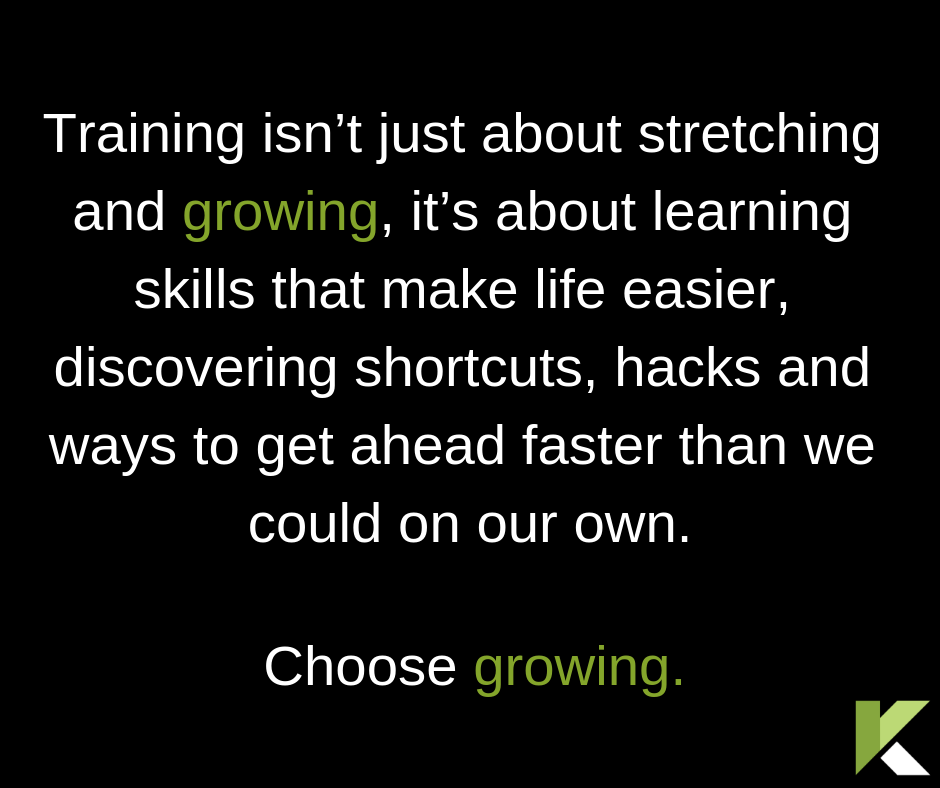
7. Como escolho o melhor provedor de treinamento em vendas?
Ao escolher uma empresa de treinamento em vendas, é importante considerar vários fatores para garantir que você selecione a melhor empresa para a sua organização. Aqui estão alguns fatores importantes que você deve considerar:
-
O conhecimento e a experiência da empresa: As melhores empresas de treinamento de vendas são aquelas que têm conhecimento e experiência em treinamento e desenvolvimento de vendas. Procure empresas com um histórico comprovado de sucesso e uma reputação de oferecer treinamento de alta qualidade.
-
Os programas e serviços de treinamento da empresa: Os programas e serviços de treinamento oferecidos pela empresa devem ser adaptados às necessidades e metas específicas da sua organização. Procure uma empresa que ofereça uma variedade de programas e serviços de treinamento, incluindo workshops presenciais, cursos on-line e coaching e mentoring individuais.
-
Os facilitadores e instrutores da empresa: Além de oferecer uma apresentação envolvente, os facilitadores e instrutores de vendas devem ter experiência e conhecimento em suas áreas. Procure facilitadores e instrutores que tenham um histórico comprovado de sucesso em vendas e treinamento e que possuam as habilidades e o conhecimento para oferecer treinamento de alta qualidade.
-
O custo da empresa e o atendimento ao cliente: O custo dos programas e serviços de treinamento deve ser razoável e competitivo. Procure uma empresa que ofereça preços competitivos e esteja disposta a trabalhar com você para criar um programa de treinamento que se ajuste ao seu orçamento e cronograma. Além disso, o serviço de atendimento ao cliente da empresa deve ser ágil e prestativo, e deve ser capaz de responder a todas as perguntas que você possa ter.
De modo geral, ao escolher uma empresa de treinamento em vendas, é importante considerar o conhecimento e a experiência da empresa, os programas e serviços de treinamento, os facilitadores e instrutores, o custo e o atendimento ao cliente. Ao considerar esses fatores, você pode escolher a melhor empresa de treinamento em vendas para sua organização.

8. Programas de treinamento de vendas sob medida?
Há muitos fornecedores de treinamento em vendas excelentes para você escolher e agradecemos por considerar a Klozers.
Muitos de nossos clientes escolhem a Klozers por três motivos principais, como segue:
- Nós comemos nossa própria ração para cães. Isso significa que todas as estratégias e táticas de vendas que ensinamos são usadas em nosso próprio negócio. Isso significa que temos um profundo conhecimento sobre o que funciona e o que não funciona.
- Treinamento baseado em OKR. Usamos OKRs, que é uma estrutura de definição de metas de negócios para conectar cada módulo de aprendizado à visão e à estratégia de sua empresa. Isso evita o treinamento genérico de vendas, que simplesmente não funciona.
- Não somos um instrutor de vendas corporativo comum – nós ainda vendemos para viver todos os dias. Isso inclui gerar leads de vendas e novos negócios remotamente, em todo o mundo.
“Uma experiência de aprendizagem fantástica”
Amanda – Gestor de contas


